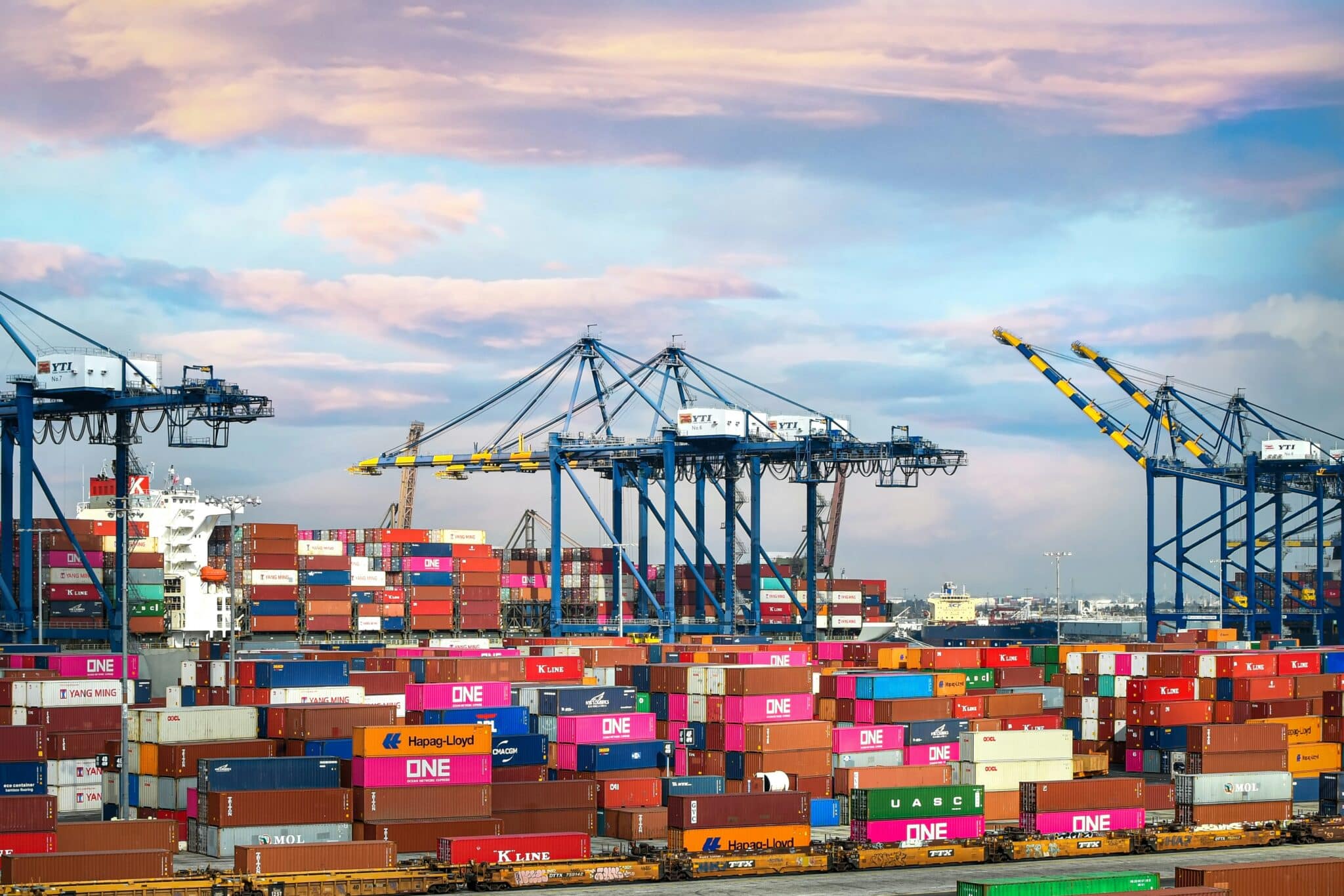Our ebook, Shifting Through the Gears, considers the supply chain as the engine of the retail wholesale business model. Some organisations are stuck in low gear, with the engine operating at high revolutions just to move forward.
Businesses operating in the higher gears have created momentum and efficiency of effort – making decision making easier, creating the time to plan – and this provides greater resilience and the ability to absorb any bumps in the road.
Looking at the McKinsey research we recently shared, we’ve established that in order to increase resilience and build the momentum required to promote recovery, vulnerabilities around the supply chain must be addressed. The most significant threats exist in the following areas:
- Demand planning and inventory management – highlighted as the greatest source of risk by the business leaders involved in the research
- Financial fragility – companies burdened with heavy debt or operating with little cash on hand have less room to manoeuvre.
Over the next few weeks we’re going to focus in on three key challenges to your organisation’s resilience, how they are likely impacting your supply chain and what steps you can take to counter them. This week we’re looking at the issue of demand fluctuation.
Changing consumer behaviour
Lockdown saw enormous shifts in demand. New shopping habits were established, consumption patterns changed and consumers experienced more exposure to new brands. Consumer attitudes and behaviours have permanently changed – some through necessity, others as an acceleration of existing trends. With ongoing uncertainty in the marketplace, new habits will take a while to settle and in the meantime there’s no reliable precedent upon which to base your decisions.
The latest forecasts for recovery from the economic impacts of the COVID-19 crisis vary widely and consumer demand is highly correlated with economic strength. There is a compound impact of the variability of disposable income as people are furloughed and made redundant. As consumer patterns ebb and flow unpredictably, wholesalers are left either scrambling to deal with excess inventory or addressing problems with meeting their service levels. Both of these scenarios are likely to have an adverse impact on working capital, increasing the vulnerability of the supply chain.
Product innovation
At a time when the marketplace is unpredictable, manufacturers are introducing and discontinuing products at an increasing pace in an attempt to tap in to emerging habits and buying patterns. This rapid product innovation presents multiple inventory management challenges along the entire value chain with SKUs experiencing increasingly short lifespans. Additional features and enhancements to products calls for new components and each development creates additional complexity along the supply chain.
Managing this growing variety of products to ensure the right quantity of the right item in the right place at the right time involves juggling a complex combination of accurate ordering, transportation and storage logistics and fulfilment processes. Of course no two products are the same and therefore across thousands of items, tens of thousands of decisions are required.
Multi-dimensional approach
When tackling these challenges, an inherent trade-off is required between the cost of inventory and the aim of achieving service levels. To address this challenge and make the best strategic decisions, multiple dimensions must be balanced. Although there is a lot that can be achieved within Excel, spreadsheets aren’t powerful enough to cope with the multi-faceted view required.
Automate and harness the power of forecasting
In order to anticipate the rapidly fluctuating demand you’re faced with, you need a tool which can incorporate analysis of multiple time horizons across potentially thousands of products. A powerful forecasting engine like AGR software can catch all emerging trends using predictive analytics and apply the relevant approaches. Forecast accuracy is achieved by applying different methodology at a product level where appropriate, ensuring that you’re not losing out by using a one-size-fits-all approach.
The AGR supply chain planning software will also automate the tens of thousands of decisions required. This powerful tool uses prompts and alerts to take forecasting and replenishment rules into account at a granular level. Your team is then available to bring their skills to more valuable activities, particularly managing relationships along the supply chain, enhancing resilience for the organisation.
Let us show you the impact that the AGR software can have upon your capability to deal with demand fluctuation – get in touch today to see just how much of a difference it could be making to your service levels.





